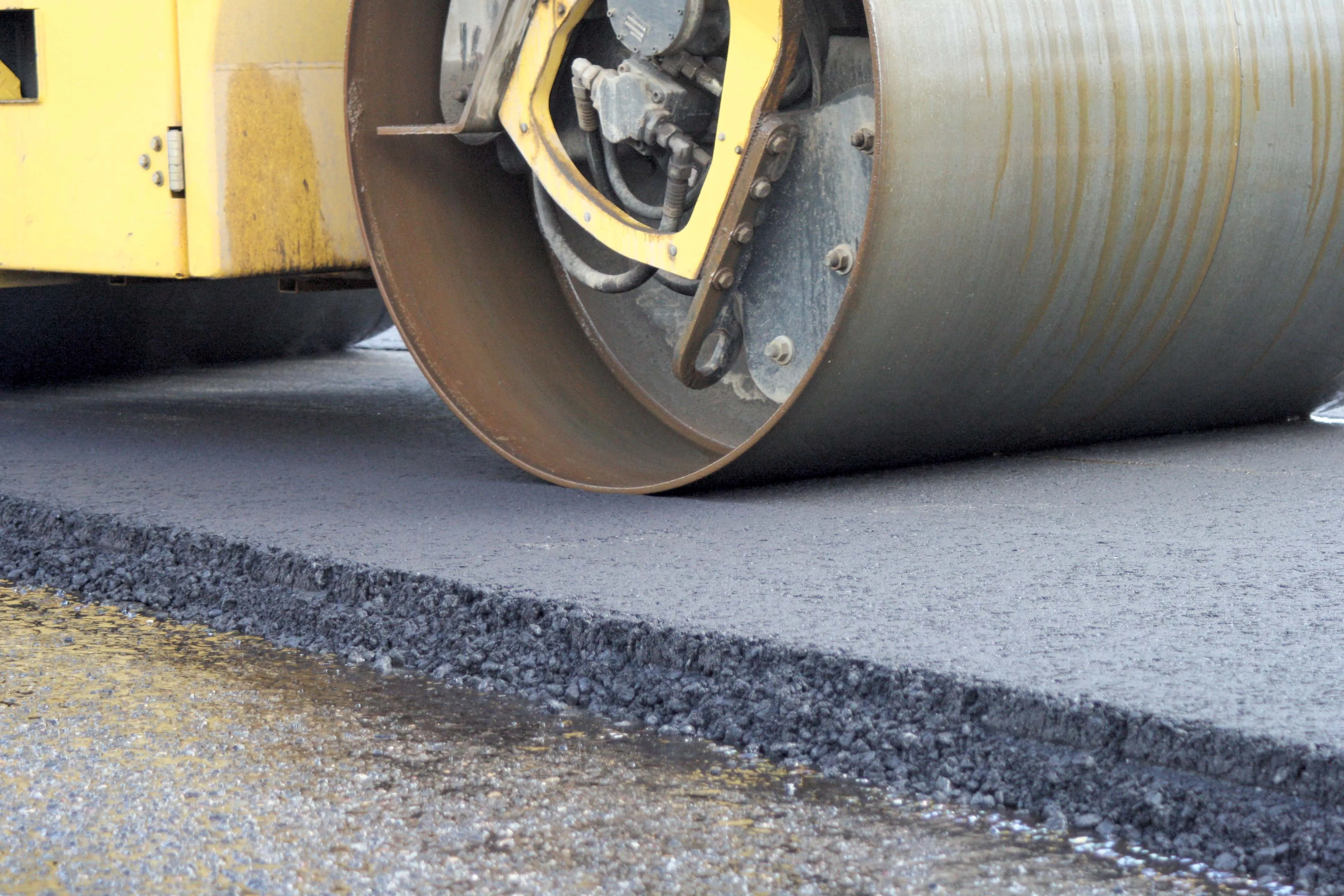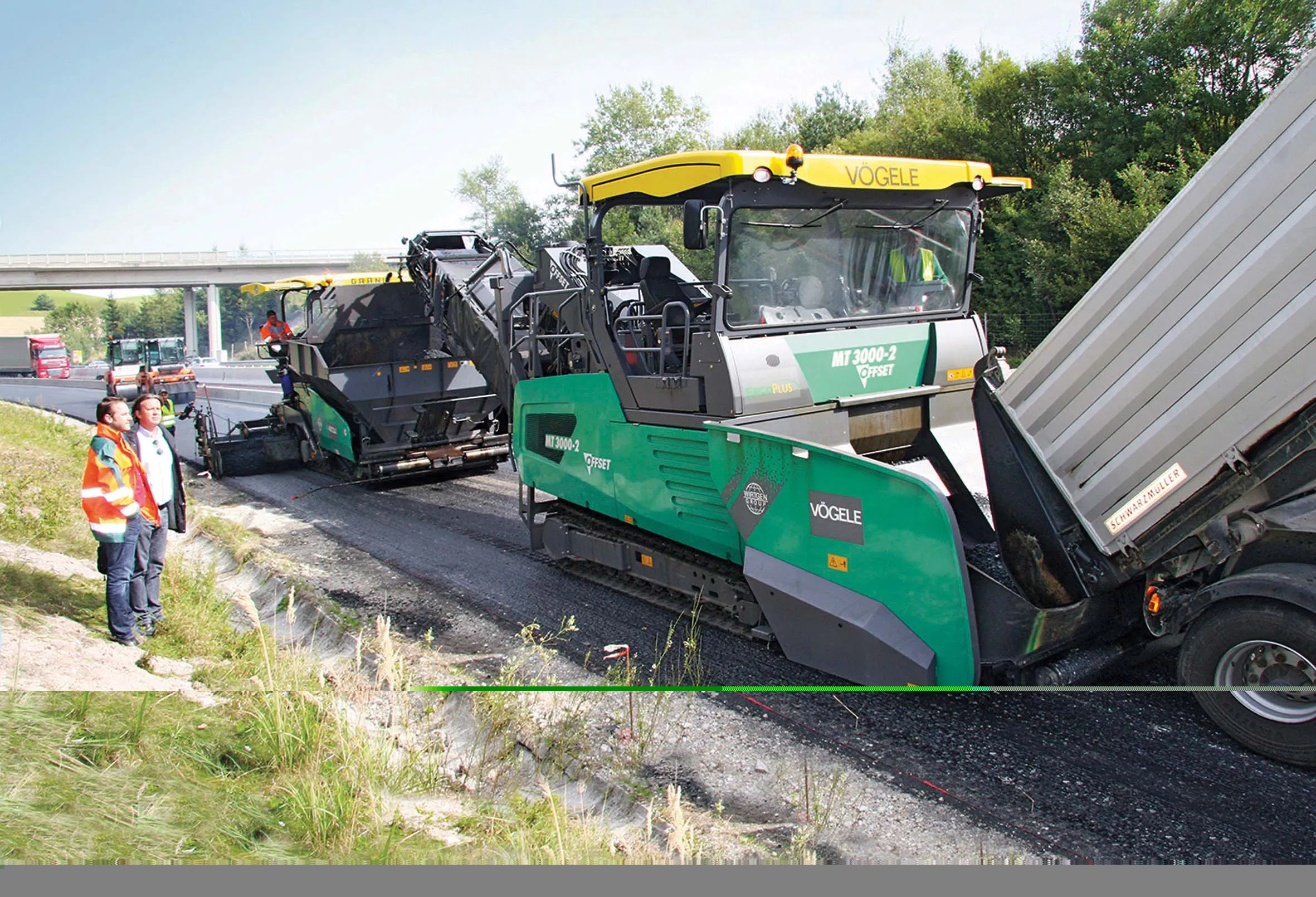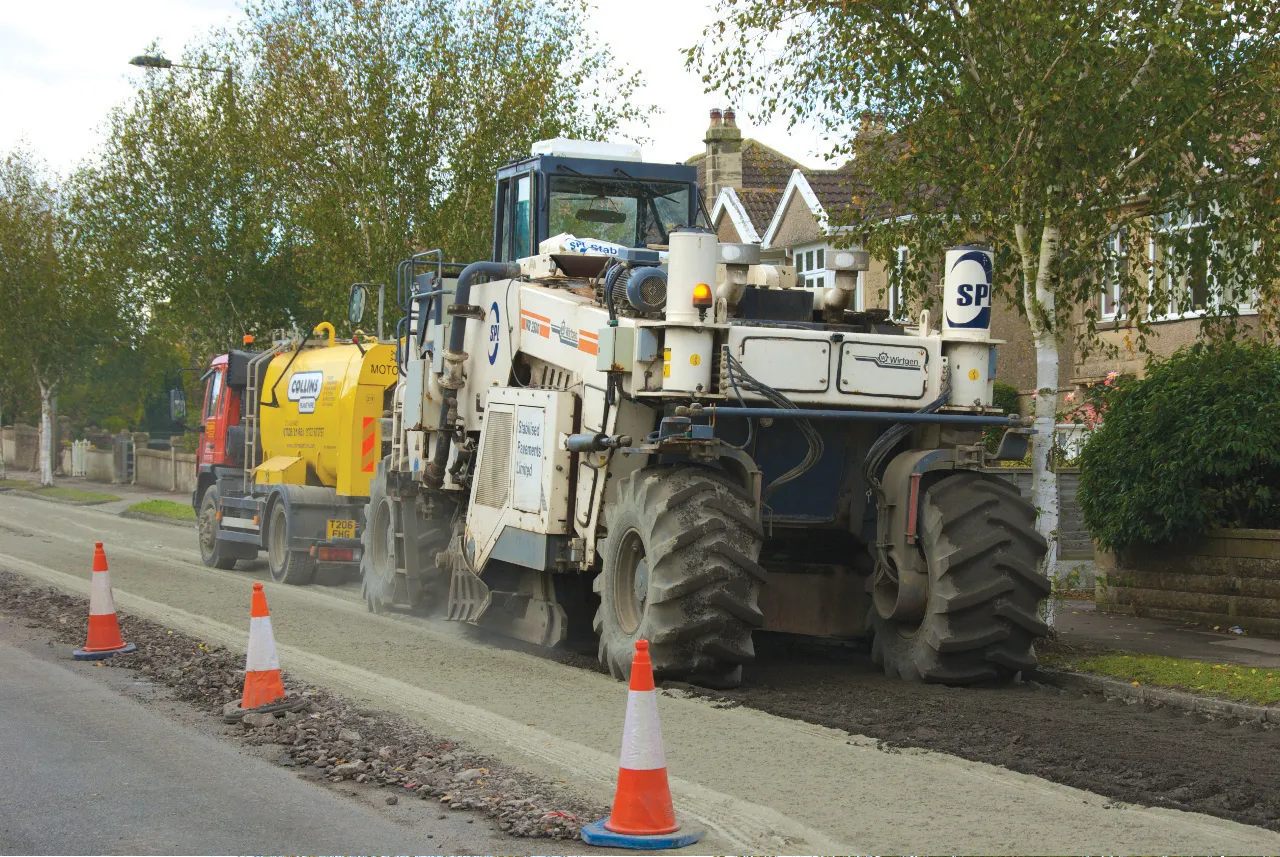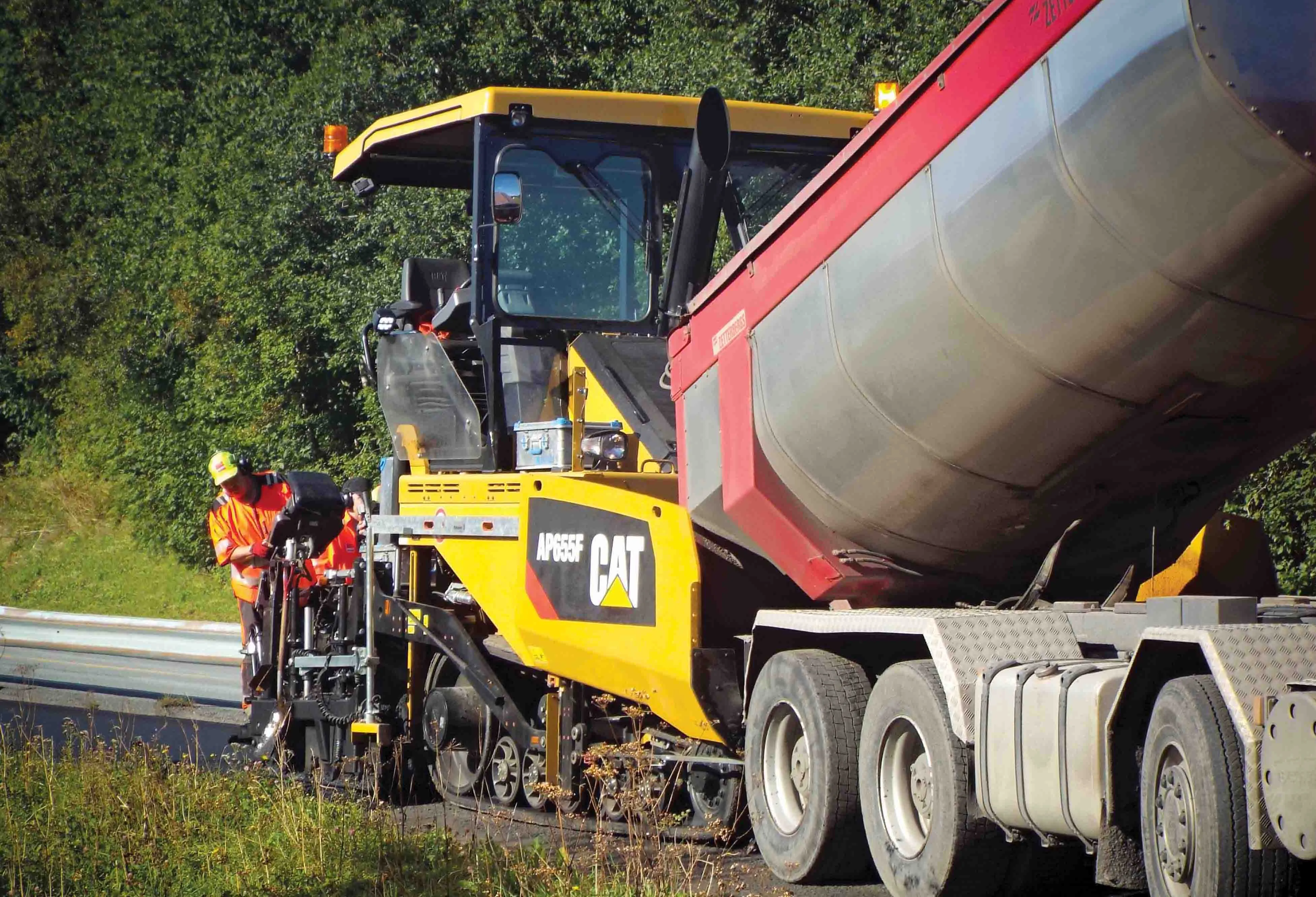Dual layer paving offers benefits to wear life as well as major cost reductions - Mike Woof reports The concept of laying the binder course and wearing course at the same time is not new to the road construction market. Various contractors have been working on systems over a number of years, with several manufacturers helping directly with these projects. A number of firms have investigated this method but three manufacturers in particular, Dynapac and Vögele in Europe and Sumitomo in Japan, have made major
November 2, 2012
Read time: 6 mins
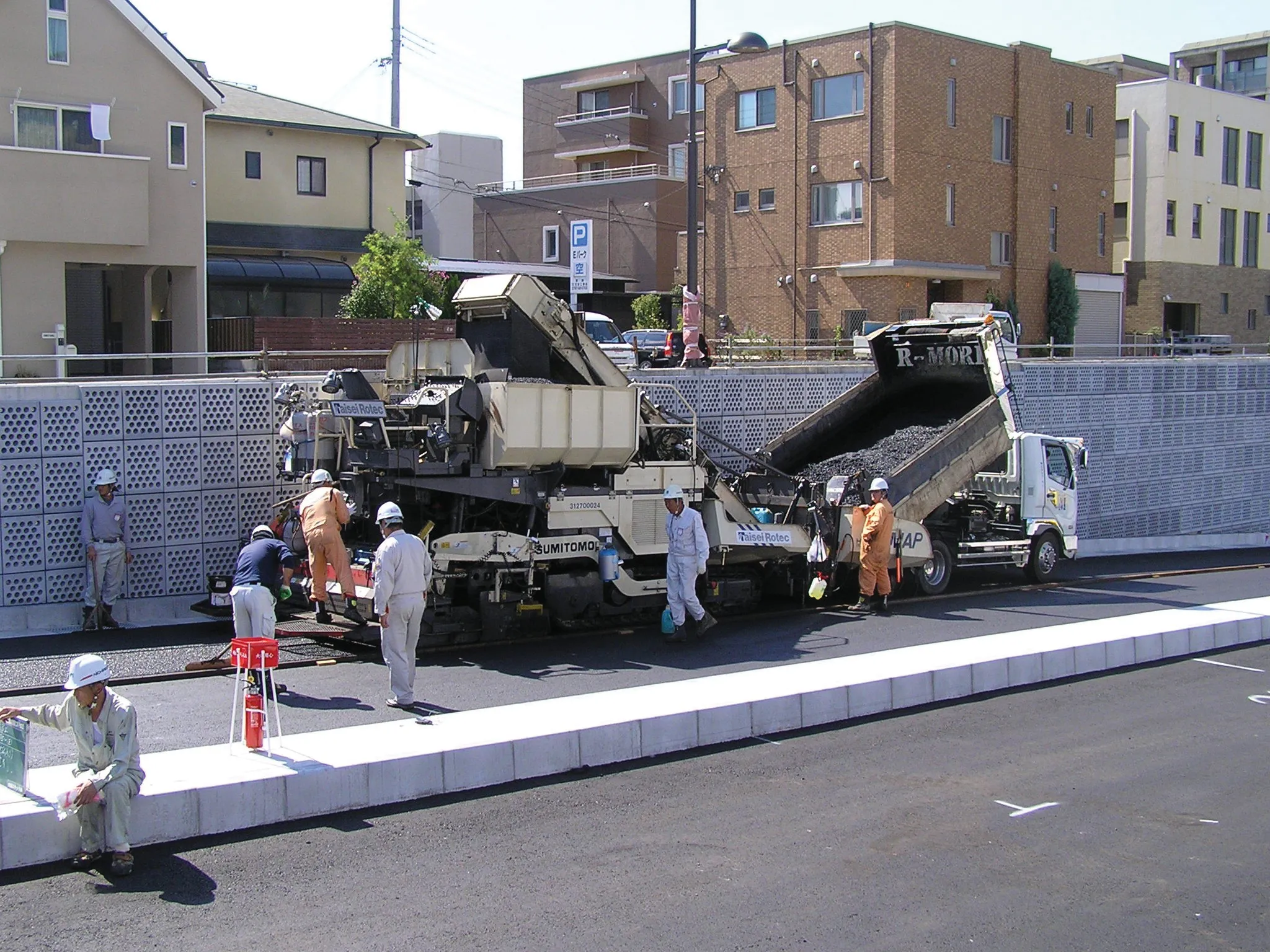
Dual layer paving offers benefits to wear life as well as major cost reductions - Mike Woof reports
The concept of laying the binder course and wearing course at the same time is not new to the road construction market. Various contractors have been working on systems over a number of years, with several manufacturers helping directly with these projects. A number of firms have investigated this method but three manufacturers in particular,The systems vary and the three firms have developed different approaches to the concept. But all three companies agree that this system of dual layer paving offers significant advantages to the client. One of the most notable of these is that laying the hot wearing course directly on top of the hot binder course provides a strong interlocking bond between the two layers, which maximises strength and minimises the risk of early failure, extending overall wear life.
There are significant cost savings also, as the dual layer paving method allows for successful use of a thin layer wearing course. This helps tackle issues arising from surface deformation, a problem exacerbated by hot weather and which can occur on roads paved using conventional methods that are carrying large traffic volumes, particularly when coping with high percentages of heavy goods vehicles. As the wearing course is an expensive material, reducing its thickness provides direct savings for a road surfacing project. In addition, paving the two layers at once also removes the need for spreading an emulsion layer on top of the binder course prior to paving the wearing course. This adds significantly to the cost savings for a road project.
The equipment used for dual layer paving varies however. One method is to use a single paver fitted with two hoppers and two screeds, while the other system is to have two pavers operating with one following the other. In both of these systems, standard pavers are used, fitted with additional equipment to allow the dual layer paving method. For the single paver method used by Dynapac and Sumitomo, an extra hopper and screed can be bolted onto the standard machine, while these components can also be removed again allowing the paver to be used for standard operations and boosting utilisation for the contractor.
For the twin paver method used by Vögele, a high compaction screed is used on the first paver that ensures the surface of the hot binder course does not deform under the tracks of the paver following immediately behind. The second machine is used to lay the wearing course and its distance to the paver in front is optimised due to the use of automatic controls.
The Dynapac and Vögele machines have been used in a number of trial operations on key highway sections in Europe, particularly in Germany and the Netherlands. Both the Dynapac and Vögele systems are now approved for use on German roads however, a significant advance for the implementation of this technology. A stretch of the A1 autobahn in Germany, one of Europe’s busiest highways, has been paved using dual layer paving technology and the country will now be using both the Dynapac and Vögele systems on other major autobahn resurfacing projects in the future. Dynapac has also supplied equipment for use in China, which has been using the technology on major highway projects.
Meanwhile in Japan, Sumitomo Construction Machinery has pioneered twin layer technology with its Dual Asphalt Pavement (DAP) method. The company has also developed what it calls its Multi Lane Pavement (MLP) method.
The Sumitomo system is based around its multi-asphalt paver (MAP), a finisher that can simultaneously handle two different types of asphalt mixtures. When MAP is used for upper and lower layers with different mixtures, this is the DAP. Examples of this application include the construction of upper thin layer with porous mixture using small sized stones for noise reduction and/or drainage in performance-based construction.
When MAP is used for the construction of two different mixtures in the longitudinal direction, this is the MLP. And the MAP application is for anti-rutting mixtures and for use on roads carrying heavy traffic volumes on a limited portion of the wheel path, with the rest of the lane paved with normal asphalt mixture. The MLP system allows reduced use of expensive modified asphalt binder. But it is worth noting that the MAP method includes both DAP and MLP.
The authorities in Japan have recognised a need to develop sophisticated pavements to cope with increases in size, speed and traffic volume of motor vehicles. In recent years, different application requirements for roads have been recognised such as low-noise pavements for the benefit of roadside residents, coloured bus lanes and growing demands for reductions in construction costs, as well as CO2 emissions reduction.
With this in mind, the MAP Technical Research Group in Japan combining eight companies (six machine owners, a trading company and Sumitomo) has been working jointly. The MAP project is intended to reduce paving time needed and also to address costs by lowering the need for expensive materials.
The MAP is an asphalt paver with two sets of hoppers and screeds and is capable of simultaneous paving of two layers, upper and lower, or parallel lanes. Paving the upper and lower layers with two types of asphalt mixtures simultaneously is the DAP method, while laying lanes with two types of asphalt mixtures at the same time is the MLP technique. Sumitomo points out that while dual layer paving was first carried out in Europe, the MLP method has been pioneered in Japan.
The latest machine is more compact than the previous equipment developed for the MAP programme. The newer model now has only one engine, instead of two used on the earlier layout, but offers the same working capacity and is based on Sumitomo’s HA90C paver. It also has a modern diesel that allows it to meet Japanese noise and exhaust emission requirements, as well as delivering a major reduction in fuel consumption and CO2 emissions over the earlier generation MAP equipment.
The DAP method can be used when designing pavements requiring pigmented materials for example. The paving cost can be reduced by dividing the surface course into upper and lower layers, and applying the higher-cost asphalt mixture for the upper layer only. The two layers can be paved at the same time by feeding the mixture for the surface course and the mixture for the base course to the MAP, eliminating the need for a tack coat and cutting costs.
The MAP technology allows low-noise pavements or thin layer pavements to be laid efficiently and at the same time, rut-resistant and wear-resistant pavements can be built economically. Using the DAP method, tyre/road noise reduction effect of about 10dB can be achieved as compared with dense grade asphalt. Meanwhile rut-resistant and wear-resistant pavements for wheel paths using the MLP method, can achieve a cost reduction of about 10%.
Sumitomo says that enquiries from overseas have been increasing and although this was originally considered for use only in Japan due to the complexity of MAP, the company is now looking to use the system overseas.


